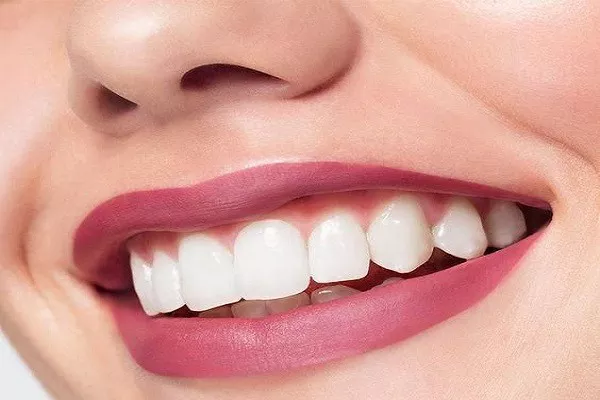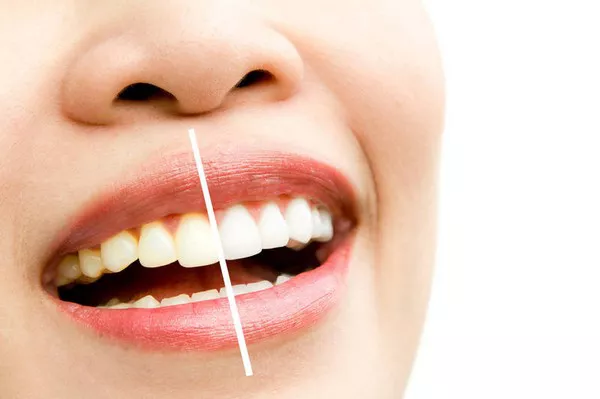A bright, white smile is often associated with good oral hygiene and overall health. However, factors such as aging, dietary choices, and lifestyle habits can contribute to teeth discoloration, leaving many individuals wondering, “How do you make yellow teeth white?” This comprehensive guide aims to provide a thorough understanding of the causes of yellow teeth and explore effective and safe methods to achieve a whiter smile.
Understanding the Causes of Yellow Teeth
Before delving into solutions, it’s essential to grasp the common reasons why teeth may turn yellow. Several factors contribute to dental discoloration, including:
Dietary Habits: Consumption of certain foods and beverages, such as coffee, tea, red wine, and dark-colored berries, can stain teeth over time.
Tobacco Use: Smoking or using tobacco products can lead to yellowing of teeth due to the presence of tar and nicotine.
Poor Oral Hygiene: Inadequate brushing and flossing can result in the buildup of plaque and tartar, leading to yellow teeth.
Aging: As individuals age, the enamel on their teeth naturally wears down, revealing the yellowish dentin beneath.
Genetics: Some people may be genetically predisposed to having naturally yellowish teeth.
Medical Conditions and Medications: Certain medical conditions and medications, such as antibiotics like tetracycline, can cause tooth discoloration.
Now that we understand the root causes of yellow teeth, let’s explore effective strategies to achieve a whiter, brighter smile.
Professional Teeth Whitening Procedures
In-Office Teeth Whitening: Professional teeth whitening procedures performed by dentists are among the most effective ways to achieve noticeable results. This typically involves the application of a strong whitening agent to the teeth, often activated by a specialized light. In-office whitening procedures can provide rapid and dramatic improvement in tooth color.
At-Home Professional Whitening Kits: Many dental professionals offer at-home whitening kits with custom-fitted trays and professional-grade whitening gel. While the results may take longer than in-office procedures, they can still be highly effective.
Over-the-Counter Teeth Whitening Products
Whitening Toothpaste: Whitening toothpaste contains abrasive agents and mild chemicals to remove surface stains. While they may provide a subtle improvement in tooth color, they are not as potent as professional treatments.
Whitening Strips: Over-the-counter whitening strips are adhesive strips coated with a peroxide-based gel. Applied directly to the teeth, they are a convenient option for at-home use. However, results may vary, and they are generally less effective than professional treatments.
Whitening Gels and Pens: These products typically contain a peroxide-based gel that is applied directly to the teeth using a brush or pen applicator. They are user-friendly but may require consistent use to achieve noticeable results.
Natural and DIY Teeth Whitening Methods
Oil Pulling: This ancient practice involves swishing oil, such as coconut oil, around the mouth to remove bacteria and stains. While some people report whiter teeth, scientific evidence supporting its efficacy is limited.
Baking Soda and Hydrogen Peroxide Paste: A paste made from baking soda and hydrogen peroxide is sometimes used as a DIY whitening remedy. However, excessive use can damage enamel, and it’s essential to consult with a dentist before trying this method.
Activated Charcoal: Activated charcoal has gained popularity as a natural teeth whitener. It’s believed to absorb stains and toxins. However, its safety and effectiveness remain subjects of debate within the dental community.
Preventive Measures for Maintaining White Teeth
Maintain Good Oral Hygiene: Regular brushing, flossing, and using an antiseptic mouthwash can prevent the buildup of plaque and reduce the risk of teeth stains.
Moderate Consumption of Staining Foods and Beverages: Limiting the intake of coffee, tea, red wine, and other staining substances can help maintain white teeth.
Quit Smoking: Tobacco use is a significant contributor to yellow teeth. Quitting smoking or using tobacco products can improve oral health and prevent further discoloration.
Routine Dental Cleanings: Regular dental cleanings by a dental hygienist can remove surface stains and prevent the buildup of tartar.
Stay Hydrated: Drinking water throughout the day helps rinse away food particles and prevent staining.
Professional Consultation and Recommendations
Before embarking on any teeth whitening journey, it’s crucial to consult with a dental professional. They can assess the cause of teeth discoloration, recommend appropriate treatments, and ensure that any chosen method is safe for your oral health.
Conclusion
Achieving white teeth involves understanding the causes of discoloration and selecting an appropriate whitening method based on individual needs. Professional teeth whitening procedures, over-the-counter products, and natural remedies all have their merits, but the key is to choose a method that is effective, safe, and suitable for your specific situation.
Remember, maintaining good oral hygiene practices and making lifestyle adjustments can go a long way in preventing teeth stains and preserving a bright, healthy smile. Always seek professional advice for personalized recommendations and ensure that any chosen teeth whitening method aligns with your overall dental health goals.
































